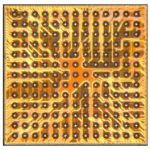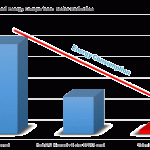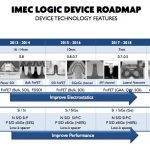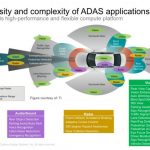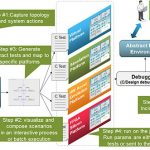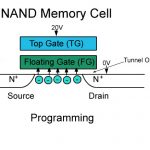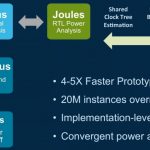There were some very happy faces around MemCon this week for a variety of reasons. Paul McLellan was smiling because he now works full time for Cadence and has the best medical benefits ever and of course I was smiling because there was free food! … Read More
Wafer-Level Chip-Scale Packaging Technology Challenges and Solutions
At the recent TSMC OIP symposium, Bill Acito from Cadence and Chin-her Chien from TSMC provided an insightful presentation on their recent collaboration, to support TSMC’s Integrated FanOut (InFO) packaging solution. The chip and package implementation environments remain quite separate. The issues uncovered in bridging… Read More
Tensilica 4th generation DSP IP is a VPU
You may not know Tensilica DSP IP core, but you probably use Tensilica DSP powered systems in your day to day life. Every year, over 2 billion DSP cores equip IC in thousands of designs supporting IoT, Mobile Phones, Storage/SSD, Networking, Video, Security, Cameras… and more. Why DSP processing, the foundation of all Tensilica… Read More
IMEC and Cadence Disclose 5nm Test Chip
Recently imec and Cadence disclosed that they had fabricated 5nm test chips. This afternoon Dan Nenni and I had a conference call with Praveen Raghavan, principal engineer at imec, and Vassilios Gerousis, distinguished engineer at Cadence to get more details on what the test chip is and what was learned.
First off Vassilios really… Read More
Cadence Outlines Automotive Solutions at TSMC OIP Event
I used to joke that my first car could survive a nuclear war. It was a 1971 Volvo sedan (142) that was EMP proof because it had absolutely no semiconductors in the ignition system, just points, condensers and a coil. If you go back to the Model T in 1915 you will see that the “on-board electronics” were not that different. However, today’s… Read More
Moving up Verification to Scenario Driven Methodology
Verification complexity and volume has always been on the rise, taking significant amount of time, human, and compute resources. There are multiple techniques such as simulation, emulation, FPGA prototyping, formal verification, post-silicon testing, and so on which gain prominence in different situations and at different… Read More
What’s the Difference between Emulation and Prototyping?
Increasing system complexity requires constant focus on the optimal verification methodology. Verification environments incorporate a mix of: transaction-based stimulus and response monitors, (pseudo-)random testcase generation, and ultimately, system firmware and software. RTL statement and assertion coverage… Read More
Adding NAND Flash Can Be Tricky
As consumers, we take NAND flash memory for granted. It has worked its way into a vast array of products. These include USB drives, SD cards, wearables, IoT devices, tablets, phones and increasingly SSD’s for computer systems. From the outside the magic of flash memory seems quite simple, but we have to remember that this is a technology… Read More
Xtensa core in Qualcomm low-power Wi-Fi
Wi-Fi has this reputation as being a power hog. It takes a relatively big processor to run at full throughput. It is always transmitting all over the place, and it isn’t very efficient at doing it. Most of those preconceived notions arose from older chips targeting the primary use case for Wi-Fi in enterprise and residential environments.… Read More
A New Unified Power Solution at All Levels
When situation demands, multiple solutions appear with a slight lag of time. Similar is the story with estimating and optimizing power at SoC level. In the SoC era, power has become a critical criterion long ago, and there are tools available for power analysis and optimization. However, with more mobile and IoT (Internet of Things)… Read More


